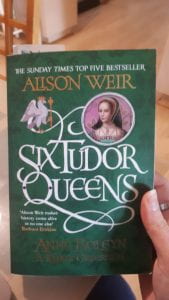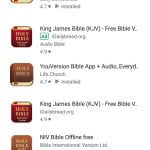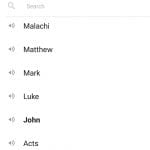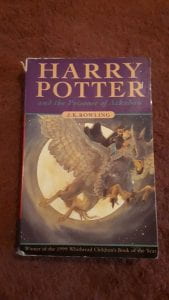I did notes (on my computer, would you believe it or not!) and am uploading a summary now.
A major aspect of being a good leader is knowing yourself and knowing your strengths. Knowing what you can do well and knowing what may be best to distribute to other team members. Also, knowing where you fit in within the leadership structure; both within the school or site but also the wider educational department and the curriculum bodies.
Knowing that the situation will change, depending on the setting, is vital to make sure that no toes are stepped upon. Understanding that a public school is different from a private school and a primary, secondary and combined (R-12) are all different in their requirements and leadership structure is vital. Also, understanding that there are different leadership styles employed by staff within a school is important to understand what their focus and objectives are.
There are different forms of leadership; including Situational, Transactional, Transformational, Servant, Distributed and Instructional. All of these can benefit the wider school in different ways. Situational Leadership is more focused on what the situation at hand is and how to respond to it appropriately. This form of leadership changes and the exact leader can vary. Transactional Leadership utilises rules and incentives to maintain normal flow of operations and is not generally focused on the future or strategic operations. Transformational Leadership is, as the name implies, a leader who goes beyond the day-to-day level of operation and focuses on how to take the organisation or site to the next level of success. A Servant Leader displays attributes of someone who has their staffs’ interests at heart – they are servants of their team. Distributed Leadership is based upon the distribution of tasks by team member’s strengths and expertise. Finally, Instructional Leadership generally focuses on the executive leadership team within a school or site. They direct and manage from the top but allow staff to develop their own leadership as well.
All of these play a part in how leaders and staff operate within any organisation, both within schools and outside organisations. Leaders come from many different backgrounds and we have to take that into account when working within teams; both as a classroom teacher and as a Teacher Librarian. As a Teacher Librarian, we must be open to developing our own skills and the skills of those who we work with and to do that successfully, we have to be good leaders.








